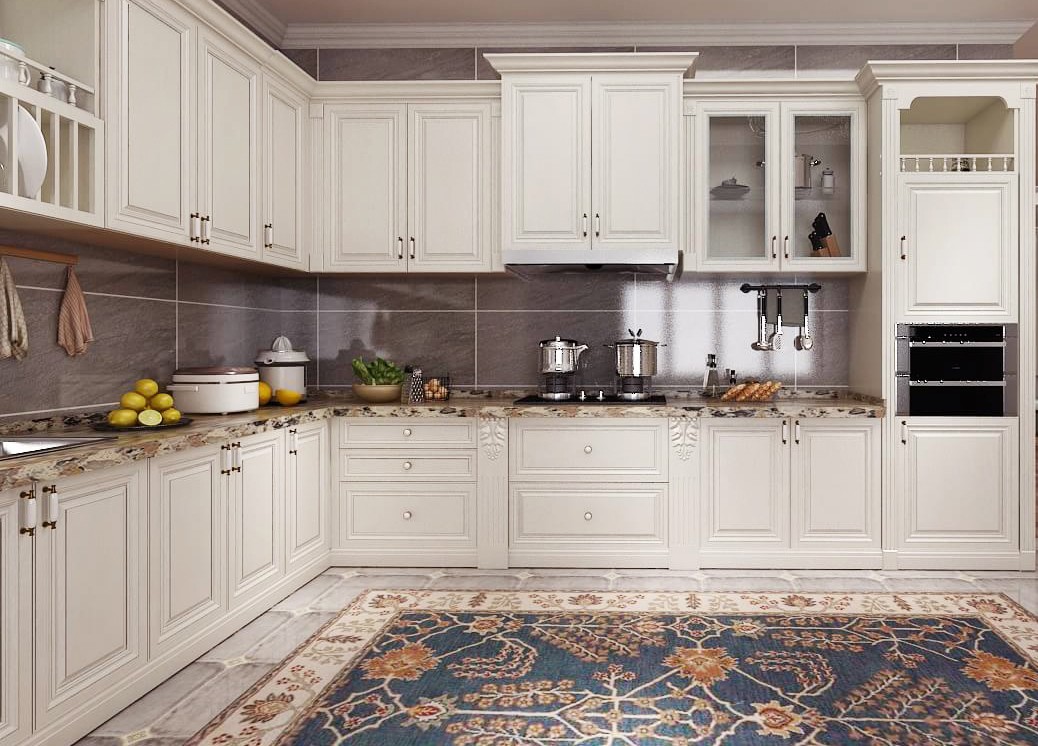
General Information:
●Keep cabinet surfaces dry at all times.
●Cabinetry surfaces should be dried immediately with a soft, microfiber cloth after cleaning.
●As with all solid wood products; drastic changes in temperature or humitity can be harmful to the cabinet finishes and over-all structure.
Basic Cleaning:
●After installation wipe the interior and exterior of the cabinets with a soft damp cloth and dry immediately with another clean, soft cloth.
●For routine cleaning; use a soft, clean cloth dampened with warm water—If the water alone does not clean cabinets completely, mix a mild dishwasher soap with the water.
●Wipe up food spills and water spots promptly with a damp cloth or sponge and dry the surface immediately.
●For best results—use a blotting motion rather than a wiping motion to remove the substance.
Cleaning of Glass Door Inserts:
●Use an ammonia-free glass cleaner with a soft, clean microfiber cloth.
●Spray a glass cleaner on a clean microfiber cloth or paper towel.
●Avoid spraying the glass cleaner directly on the glass—this is to prevent glass cleaner running into the joints of the cabinets.
Basic Care & Things to Avoid:
●These products and ingredients can damage the cabinetry. Please avoid use of the following:
●Scouring Pads
●Steel Wool
●Ammonia
●Nail Polish Remover
●Paint Thinners
●Bleach
●Never leave a cloth saturated with cleaner or water on any cabinet surfaces.
●Avoid using an excessively damp cloth over exterior and interior of cabinetry.
●When using small kitchen appliances that produce heat and/or steam always pull them away from the underside of cabinetry to prevent damage to the cabinets.
●Always remember to turn on the ventilation while cooking.

